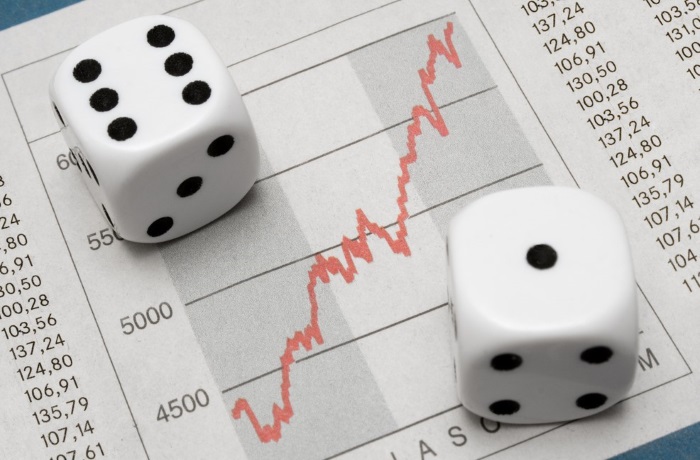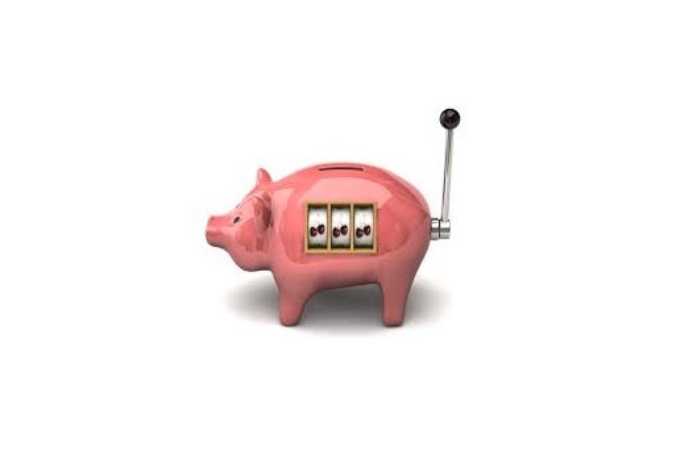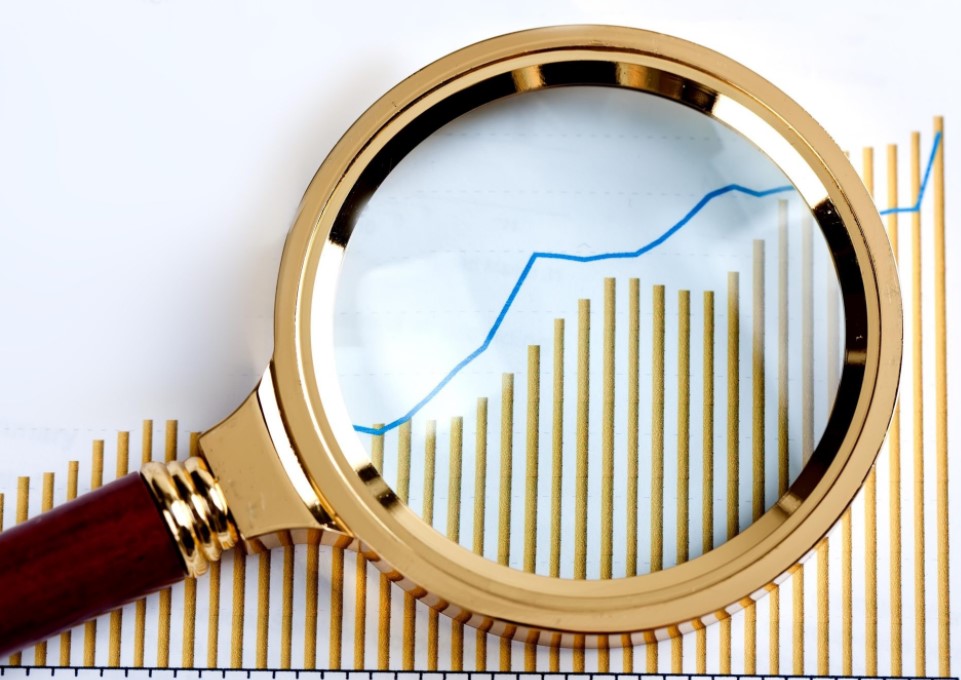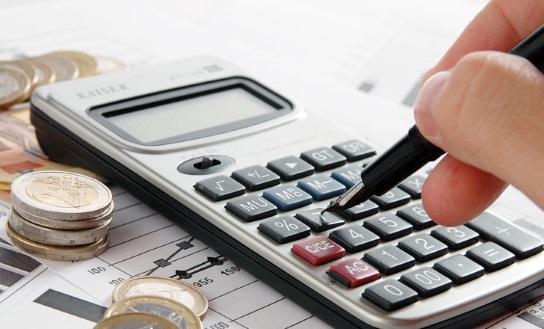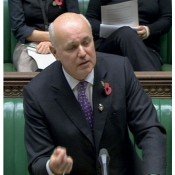Duis quis erat non nunc fringilla
Inflation
How much interest do you need to receive in order to maintain the spending power of your savings?
Inflation is simply a measure of how prices are increasing. But the problem is that as prices rise, the amount you can buy with your money decreases. So unless the return you are receiving on your savings is above inflation then the spending power of your savings is being reduced. The table below shows you the latest inflation figures as published by the Office of National Statistics (ONS). These inflation figures are a measure of how prices have increased over the last year.
Annual Inflation at February 2011 |
CPI |
RPI |
4.4% |
5.5% |
Which rate of tax do you pay? |
The interest you must earn just to maintain the value of your savings |
|
No Tax – 0% |
4.4% |
5.5% |
Basic Rate – 20% |
5.5% |
6.9% |
Higher Rate – 40% |
7.3% |
9.2% |
Top Rate – 50% |
8.8% |
11.0% |
According to the Bank of England average interest being paid on savings accounts in January 2011 were:
Instant access accounts: 0.29%
Time deposits: 1.03%
Cash ISAs: 0.43%
If the interest rate you are receiving is less than inflation your savings are losing value, Click here to calculate the real rate of return you are receiving on your savings
The choice of inflation measure e.g. RPI or CPI is an important economic tool for the Chancellor, read more about how this is manipulated to the Government’s advantage and your loss in How to have your inflationary cake and eat it
Why does inflation matter to savers?
The whole point about inflation is that it reduces the spending power of your savings. So unless the return you are receiving on your savings is above inflation then the spending power of your savings is being reduced. The government compounds this problem by charging tax on interest income, so tax payers need to receive a return even greater than inflation in order to simply maintain the value of their savings.
Inflation is calculated retrospectively so when you hear in the news that inflation is running at 5%, it means that goods that would have cost you £100 a year ago may now cost you £105. It does not necessarily mean that prices will rise by 5% over the next year.
For example if you invested £100 at the beginning of the year at an interest rate of 2% and inflation for that year was 5% your savings have effectively been reduced in value by £3.00 or more if you are a tax payer.
| Which rate of tax do you pay? | Deposit | Interest received | Tax deducted | Balance at end of year | What was £100 of goods now costs | Your savings are short by: |
| Don’t pay tax – 0% | £100 | £2.00 | £0.00 | £102.00 | £105 | £3.00 |
| Basic rate – 20% | £100 | £2.00 | £0.40 | £101.60 | £105 | £3.40 |
| Higher Rate – 40% | £100 | £2.00 | £0.80 | £101.20 | £105 | £3.80 |
| Higher Rate – 50% | £100 | £2.00 | £1.00 | £101.00 | £105 | £4.00 |
These may not seem huge amounts of money, but say you invested one thousand pounds then over the year a basic rate tax payer would have lost £34. If you kept your money saved for ten years and inflation and interest rates remained the same this amounts to losing £340 or 34% of the value of your savings.
How is inflation calculated?
Working out inflation involves a massive and complex calculation that is carried out by the Office of National Statistics (ONS). In simple terms, the ONS takes a sample of items or as they call it a “basket of goods” and records the changes in prices over time.
The basket of goods is selected to represent current spending patterns. But in reality everyone spends differently and so will have their own personal rate of inflation.
Even though these rates may not be the same as your own personal inflation, they are important because they are seen as key economic indicators and are widely used especially by the government and finance industry.
The ONS calculates different rates of inflation for different purposes; the most important and widely used are the Consumer Price Index (CPI) and the Retail Price Index (RPI).
The CPI is intended to be an internationally comparable measure of inflation and is used in many other countries. The Government uses the CPI to set a target inflation rate which it is the job of the Bank of England to maintain.
Previous to the introduction of the CPI the RPI was the main measure of inflation in the UK and is still widely quoted. It is also commonly used for the indexation of pensions and gilts. Many commentators think that the RPI provides a more accurate measure of inflation since it includes housing costs and mortgage interest charges which are excluded from the CPI.
The ONS web site contains some very detailed information on how they calculate inflation. Click here for access to their articles on CPI & RPI.
The ONS also provide a way of calculating your own personal rate of inflation which you can access here.
